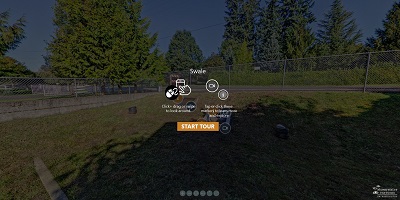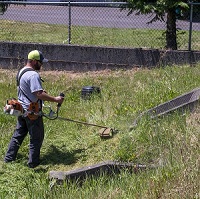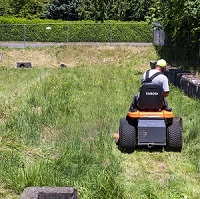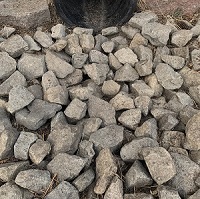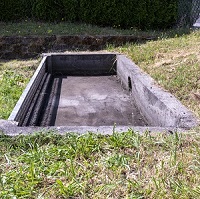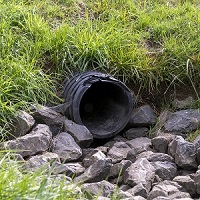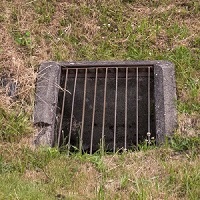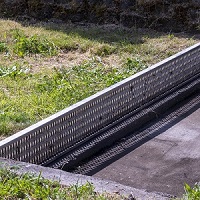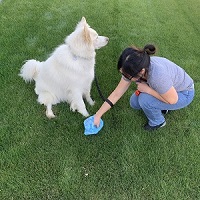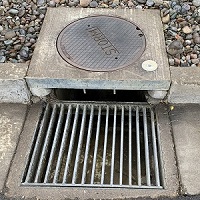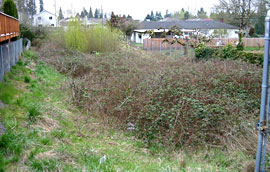Biofiltration Swale
A biofiltration swale uses grass or other dense plants to filter out sediment and oily materials. Swales often look like flat-bottomed channels with grass growing in them. A swale is usually dry, but after a storm, the runoff moves through it slowly and at a shallow depth. As stormwater passes through the plants, pollutants are removed by the combined effects of filtration, infiltration, and settling. Any standing water should drain fairly quickly.
Biofiltration swales provide treatment for pollution, but do not control the amount of stormwater passing through them.
Virtual tour
Click on the image below to get inside of a biofiltration swale and learn about common components and maintenance tasks.
Maintenance needs commonly associated with biofiltration swales
Maintenance sheets
-
Basic biofiltration swale
-
Wet biofiltration swale
-
Field inlet
-
Sediment trap
-
Energy dissipater
-
Access road
Maintenance is needed if you see these signs
Bare, exposed soil
Clogged inlet and outlet pipes
Bottom of swale is eroded
Sediment buildup, usually near inlet
Unhealthy or dead vegetation
Blackberries or other problem vegetation
Overgrown vegetation
Leaves, trash and other debris
